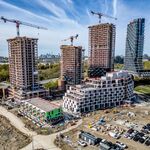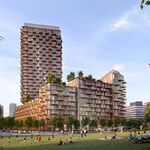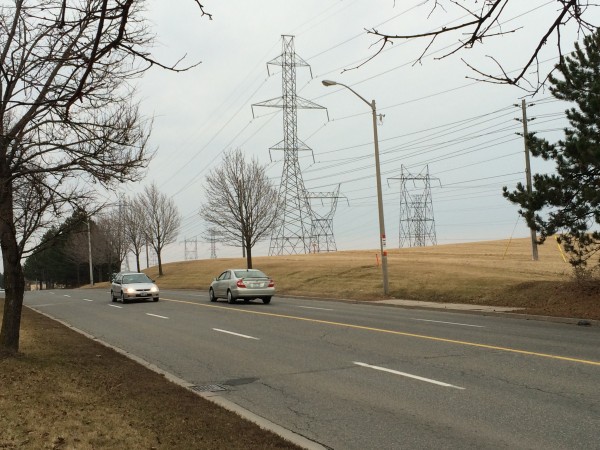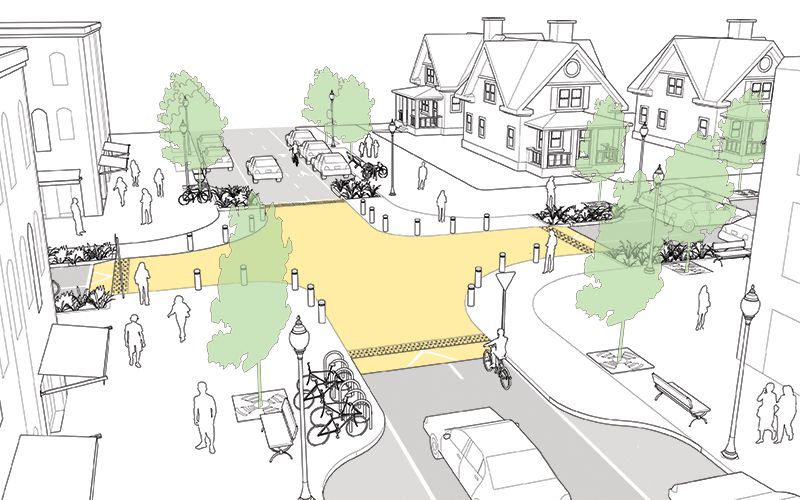W. K. Lis
Superstar
From link.


...By the middle of the last century, city streets across North America had come to be viewed as the domain of motor vehicles. Road design was geared towards the maximization of vehicle throughput, or Level of Service, as it was called in engineering jargon. So in the only domain where the bureaucrats did claim direct responsibility—engineering—safety was not the primary concern...
...Nobody was harangued more than pedestrians, who were taught defensive, deferential behaviours that not only maximized the flow of motor vehicled but also shifted liability for road violence away from the builders of roadways and vehicles. It was during these first decades of motordom that auto clubs, oil companies and municipal authorities worked hard to turn jaywalking from a casual slur into a punishable offense...
...While the admonishing of scofflaws was effective in establishing motor vehicle dominance, it did not turn back the rising tide of traffic violence. A 1955 CBC feature on the ‘success’ of Elmer the Safety Elephant—a mascot who urged kids to be responsible for their own safety in traffic—actually celebrated a recent 14% rise in child injuries on Toronto’s roads as a win, because the number of cars had gone up by 45% in the same years...
Last edited:






